‘Number One on the Call Sheet’ celebrates Hollywood’s Black A-listers
Share
Explore Our Galleries
Breaking News!
Today's news and culture by Black and other reporters in the Black and mainstream media.
Ways to Support ABHM?
By Ronda Racha Penrice, NBC
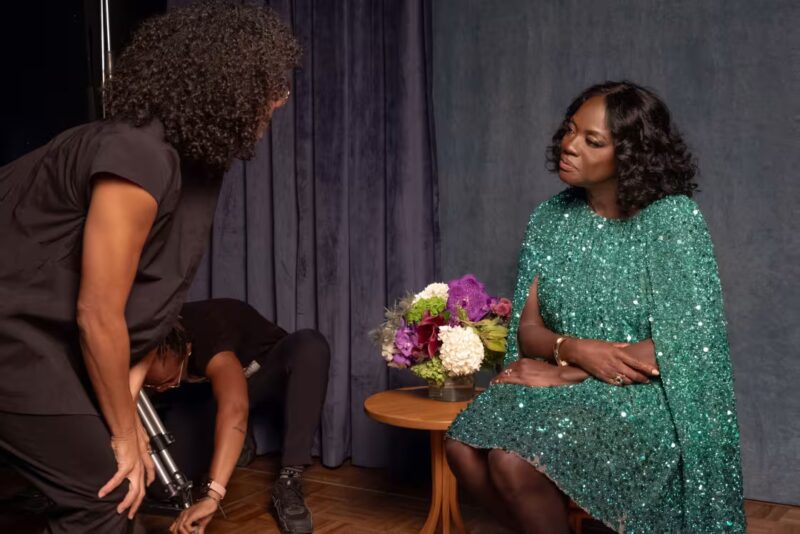
There are plenty of documentaries about the relationship between Black Americans and Hollywood, but the new two-part documentary “Number One on the Call Sheet” on Apple TV+ examines the heights of success.
“It’s a story about triumph,” Reggie Hudlin, who directed the first installment, about Black leading men, told NBC News. “It’s a story about making dreams come true.”
As a veteran director of the classics “House Party” and “Boomerang” and the producer of “Django Unchained,” Hudlin, who can be seen interviewing the actors, comes across more as a peer among the men. That dynamic gives their conversation added intimacy. Some segments feel more like eavesdropping.
“It was a very relaxed environment because it wasn’t all ‘We’re going to promote the latest movie,’” Hudlin explained. “We’re just talking, right? There just happened to be cameras there. So it was wonderful.”
Keep reading about this documentary.
Our NOW: Free At Last? gallery examines other contemporary issues in the black community.
Find more Black culture news.
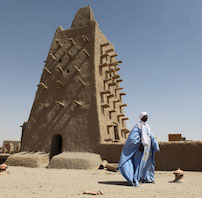
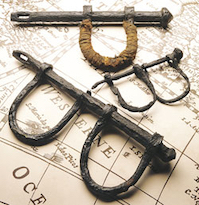
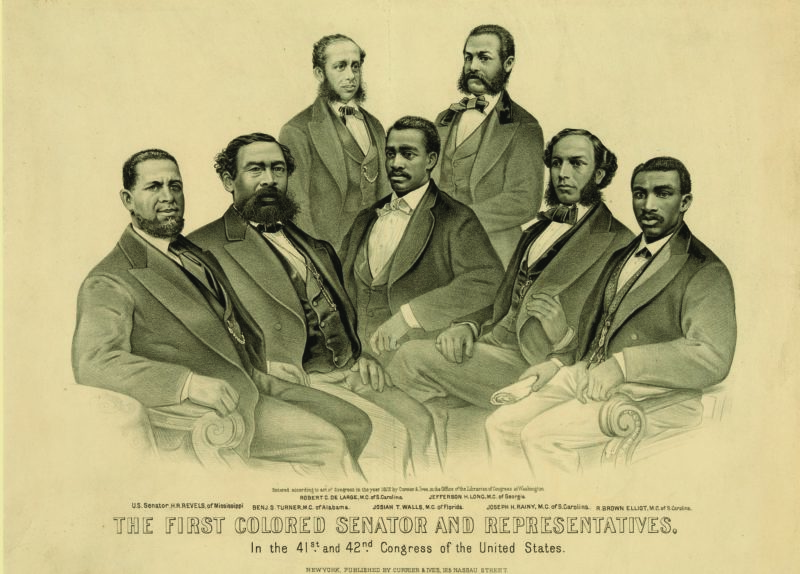
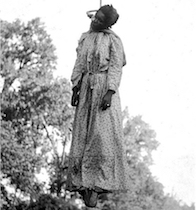
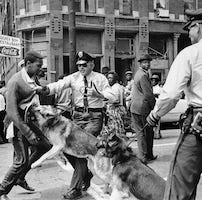
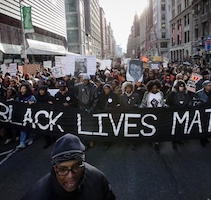
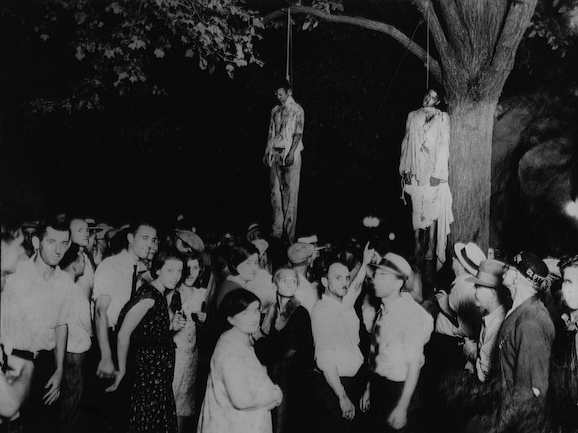
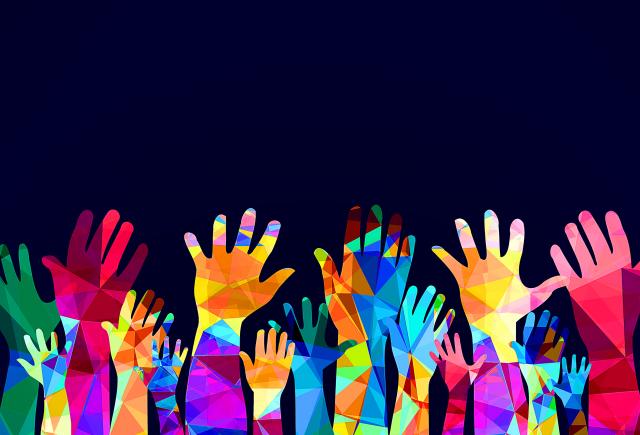
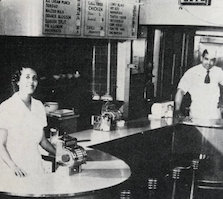
Comments Are Welcome
Note: We moderate submissions in order to create a space for meaningful dialogue, a space where museum visitors – adults and youth –– can exchange informed, thoughtful, and relevant comments that add value to our exhibits.
Racial slurs, personal attacks, obscenity, profanity, and SHOUTING do not meet the above standard. Such comments are posted in the exhibit Hateful Speech. Commercial promotions, impersonations, and incoherent comments likewise fail to meet our goals, so will not be posted. Submissions longer than 120 words will be shortened.
See our full Comments Policy here.